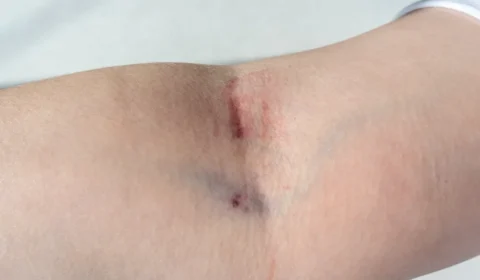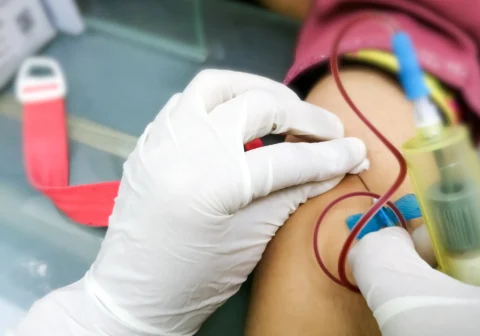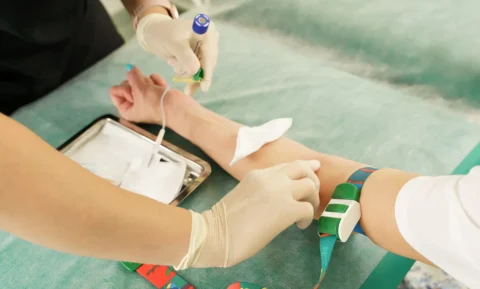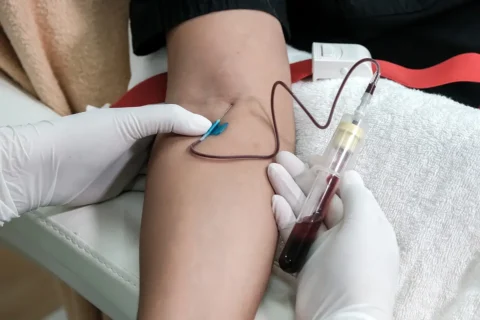Aside from being a popular solution for reducing the appearance of facial wrinkles and dynamic lines, botulinum toxin is also considered one of the reliable treatments for many conditions. Patients suffering from facial pain may receive Botox injections to help relieve their pain and improve their quality of life. More healthcare providers and practices can now administer this toxin by taking up accessible Botox for facial pain training courses.
So what should you know about Botox for facial pain training programs? Botox for facial pain training is a program for training dentists, nurses, and other healthcare providers to use botulinum toxin A injections as a treatment for facial pain. The duration of the program depends on the package offered by the training provider and how quickly the delegate will set the pace. They will learn about the fundamentals of Botox treatment for facial pain management.
What is Botox Facial Pain Training
Botox may have been more well-known because of its facial aesthetic purpose of reducing the appearance of dynamic lines and facial wrinkles. A Botox injection into an overworked facial muscle results in its temporary relaxation. This similar effect of botulinum toxin is what made it one of the reliable preventative treatments for many conditions, like chronic migraine headaches, muscle spasms, and even facial pain or trigeminal neuralgia.
Botox treatment for facial pain management is now made more accessible for healthcare providers and other medical practices due to Botox training courses. Botox training for facial pain is a program instructing healthcare providers on the fundamentals and practice of using botulinum toxin injections for trigeminal neuralgia treatment.
Dentists providing TMJ treatment will need this program for injecting the toxin into the jaw muscles for different temporomandibular joint problems, like migraine headaches, jaw clenching, and more.
Course Objectives
Botox training for facial pain and other conditions for TMJ therapy might require more specific objectives than the courses for Botox cosmetics. This program aims to instruct delegates on how to diagnose trigeminal neuralgia and execute a comprehensive examination to confirm your diagnosis.
The delegates should also learn to come up with an integrated treatment plan involving Botox and other chemotherapeutics. They will also determine if Botox treatment is still suitable for pain relief or if the condition of the patient already requires a referral to other specialists.
Who Can Take the Classes
Botox therapy for pain relief therapy is open to healthcare providers, like physicians, pharmacists, and registered nurses. Dentists providing TMJ treatment should also take this course if they will use the toxin for different conditions concerning TMJ pain, like jaw clenching or bruxism, jaw pain related to the facial muscles, and other problems.
The requirements for taking up these programs will still depend on the regulations imposed on your state and the prerogative of training facilities. Some states and training providers also open their Botox cosmetic training even for applicants without a medical background.
How Long the Classes Will Take
How long your Botox therapy will take depends on the courses you will take and how you set the pace for your training program. Some Botox injection training packages may last for 12 months for 2 courses. They also offer packages that run for 18 months, consisting of more courses.
Course Details of Botox Facial Pain Training
Botox injection therapy training for facial pain offers detailed courses that will provide students with an in-depth understanding and command of using the toxin for pain relief. These involve learning the facial anatomy and foundations of Botox and holding consultations with patients.
Delegates will also learn the techniques of handling trigger points and nerve blocks, like at the glabella, frontalis, and orbicularis oculi. These also include understanding parafunctional habits, TMJ disorders, and having clinical practice requirements.
Facial Anatomy
Facial anatomy is one of the most vital lessons when it comes to injectable treatments, like Botox and dermal fillers. Whether you’re training for Botox cosmetic or pain management, delegates must have a deep understanding of the facial anatomy as the treatment involves injections into the facial muscle. Some important considerations include the role of these muscle groups in your overall appearance and function.
Fundamentals of Botox
Delegates should also learn everything they need to know about using botulinum toxin A for different TMJ treatments, like facial pain. This involves determining accurate doses per brand of the toxin and knowing the protocols for conducting the treatment. Delegates will also know the possible risks accompanying this solution and the suitable treatments for each reaction.
Consultations with Patients
As mentioned, the delegates should learn to examine and prepare a treatment plan for patients experiencing facial pain. Because of this, holding consultations is also part of the training for using botulinum toxin A treatment for pain relief. These will help you conduct Botox treatments with reduced risks for serious adverse reactions and complications.
Techniques on Handling Advanced Trigger Points and Nerve Blocks
Botox injections for TMJ pain or facial pain involve administering the toxin into trigger points and areas of the facial muscle that receives signals from the trigeminal nerve. The success of Botox therapy lies in the injection techniques, so delegates will receive practical training for delivering botulinum toxin into the treatment areas.
These areas with trigger points include:
- Glabella – this is the facial muscle located at the forehead above the middle of the eyebrows.
- Frontalis – the facial muscle at the forehead above the eyebrows
- Orbicularis Oculi – facial muscle located in the eye area
These are some of the trigger points that receive pain signals from the trigeminal nerve. Delegates must have a comprehensive understanding of these muscle groups to set up their treatments for success.
TMJ Disorder
Botox training applicants for facial pain will be trained to examine and diagnose patients for facial pain. Because of this, they should also learn about other disorders concerning the temporomandibular joint.
Parafunctional Habits
Assessing the patient’s parafunctional habits or abnormal habits is also a necessary part of diagnosing them for facial pain or other TMJ disorders that might also need Botox injections. These parafunctional habits involve jaw clenching, jaw tension, grinding of teeth, and other movements involving the jaw muscle.
Clinical Practice
Delegates will also have requirements of clinical practice where they will receive training from professional Botox injectors. They will also perform the treatments under the strict supervision of their mentors. Clinical practice is necessary for delegates to apply what they’ve learned from the lectures to real-life cases.
Browse Our Catalog Today at FACE Med Store for More Botox Training
Botox courses for facial pain involve thorough lectures and extensive practical training for conducting botulinum toxin therapy as a preventative treatment for trigeminal neuralgia. Healthcare professionals are open to applying to this program, especially dentists providing TMJ treatment.
Aside from being a trusted partner of many practices for delivering high-quality medical supplies, FACE Med Store offers a Botox training program involving detailed courses and hands-on training, mentored by the best injectors in the industry. You can learn more about our educational programs by visiting our website or giving us a call.






